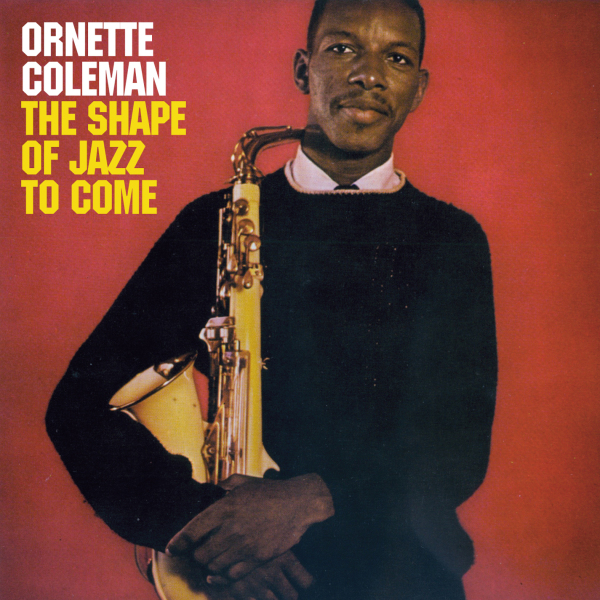
NEW YORK TIMES: Mr. Coleman widened the options in jazz and helped change its course.[…] His early work — a kind of personal answer to his fellow alto saxophonist and innovator Charlie Parker — lay right within jazz and generated a handful of standards among jazz musicians of the last half-century. But he later challenged assumptions about jazz from top to bottom, bringing in his own ideas about instrumentation, process and technical expertise.
He was also more voluble and theoretical than John Coltrane, the other great pathbreaker of that era in jazz, and became known as a kind of musician-philosopher, with interests much wider than jazz alone; he was seen as a native avant-gardist and symbolized the American independent will as effectively as any artist of the last century.
Slight, Southern and soft-spoken, Mr. Coleman eventually became a visible part of New York cultural life, attending parties in bright satin suits; even when frail, he attracted attention. He could talk in nonspecific and sometimes baffling language about harmony and ontology; he became famous for utterances that were sometimes disarming in their freshness and clarity or that began to make sense about the 10th time you read them.
Yet his music was usually not so oblique. At best, it could be for everybody. Very few listeners today would need prompting to understand the appeal of his early songs like “Una Muy Bonita” (bright, bouncy) and “Lonely Woman” (tragic, flamencoesque). His run of records for Atlantic near the beginning of his career — especially “The Shape of Jazz to Come,” “Change of the Century” and “This Is Our Music” — pushed through skepticism, ridicule and condescension, as well as advocacy, to become recognized as some of the greatest albums in jazz history. MORE
